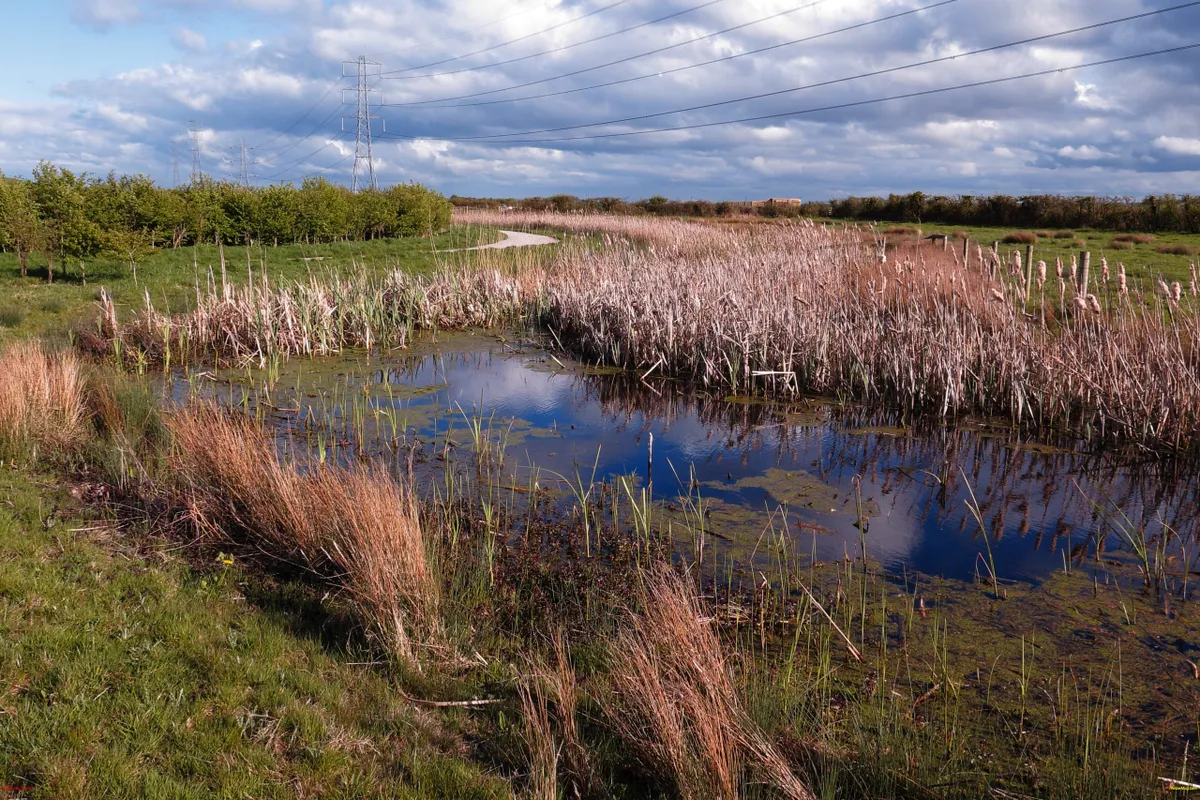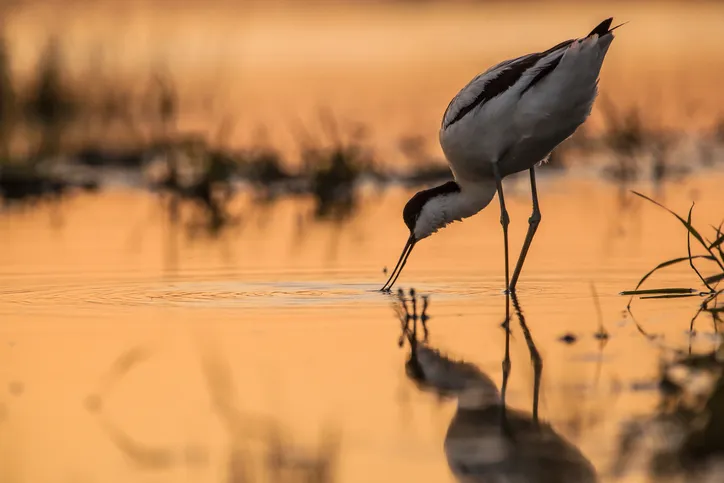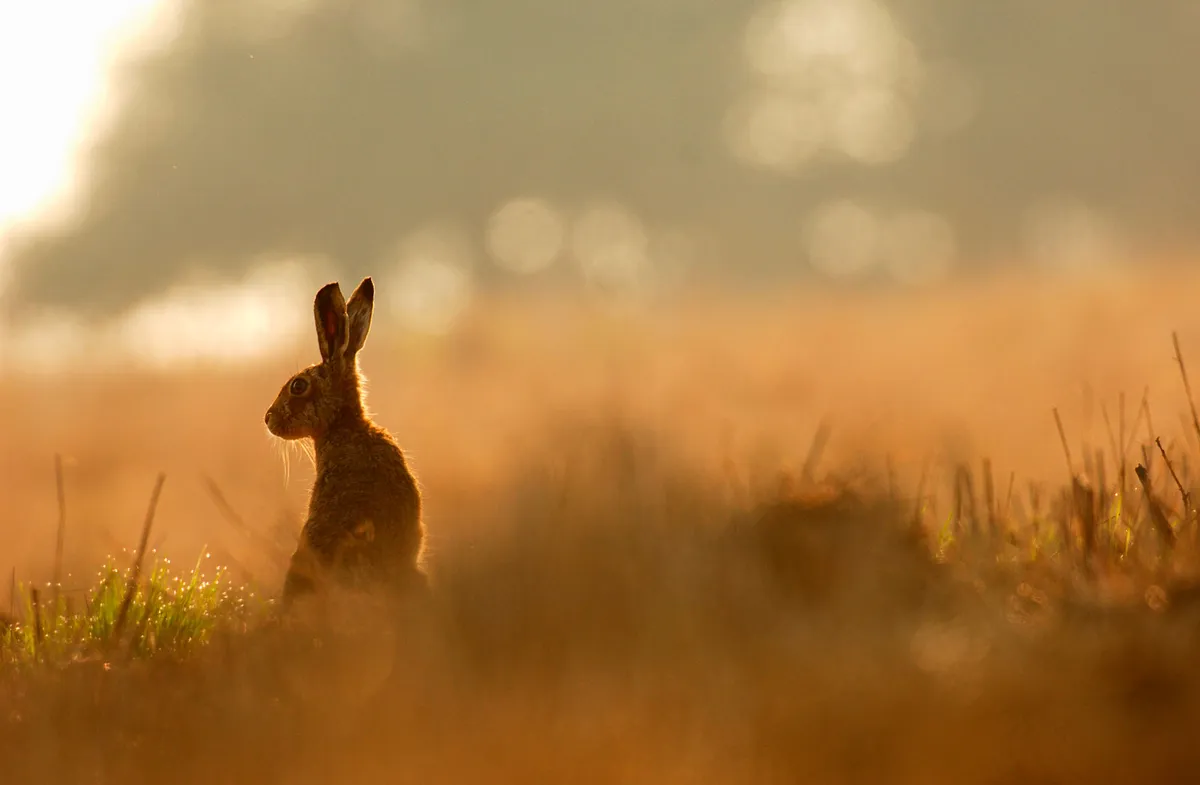With water levels in the Severn Estuary predicted to rise by one metre over the next 100 years, measures to protect local communities, such as those on the Steart Peninsula, have become
a necessity.
Facing up to this challenge, the Wildfowl & Wetlands Trust (WWT) and the Environment Agency have teamed up to find an ingenious solution, one that aims to preserve local homes and businesses for the foreseeable future.

In September 2014, with half-a-million cubic metres of soil having been dug and moved to create improved flood banks, a 200-metre breach was made in the Parrett Estuary coastal embankment. Sea water reclaimed some of the land and the creation of Steart Marshes began.
Related articles

What are Steart Marshes?
These saltmarshes (maintained by grazing cows and sheep) act like a giant sponge, absorbing water and creating a natural buffer against high tides and heavy storms. The fact they have also blossomed into a thriving wildlife habitat makes this project even more of a phenomenal success.

While vital for the local community, the marshes are equally rewarding for visitors, who can now enjoy this unique area. With more than six miles of paths navigating the 1,200 acres of intertidal and freshwater habitats, a day spent at Steart is a must for all bird and wildlife lovers.
The winter months see clouds of lapwings and golden plovers feasting on insects, as well as large flocks of sandpipers, linnets and goldfinches. Short-eared owls, merlins and peregrines swoop over this rich hunting ground. The warmer seasons attract thousands of roosting shelducks, as well as ruffs on their way from Scandinavia to Africa.
Steart’s estuaries, saltmarshes, ponds, lagoons and ditches also provide homes for otters, water voles, dragonfly nymphs, fish, eels and amphibians. The fortunate may even catch a glimpse of boxing hares in the early spring.

Can you walk at Steart Marshes
My preferred route is the 5.3-mile trip to the breach point and back, making use of the hides encountered along the way. Younger explorers will enjoy the eight plaques that make up the Wetlands Nature Rubbing Trail (maps are available at the main car park, but bring your own crayons).
There are no refreshments offered on site, but you could do worse than visit The Friendly Spirit Inn in nearby Cannington where you can discuss this resounding success story over a well-earned pint.

